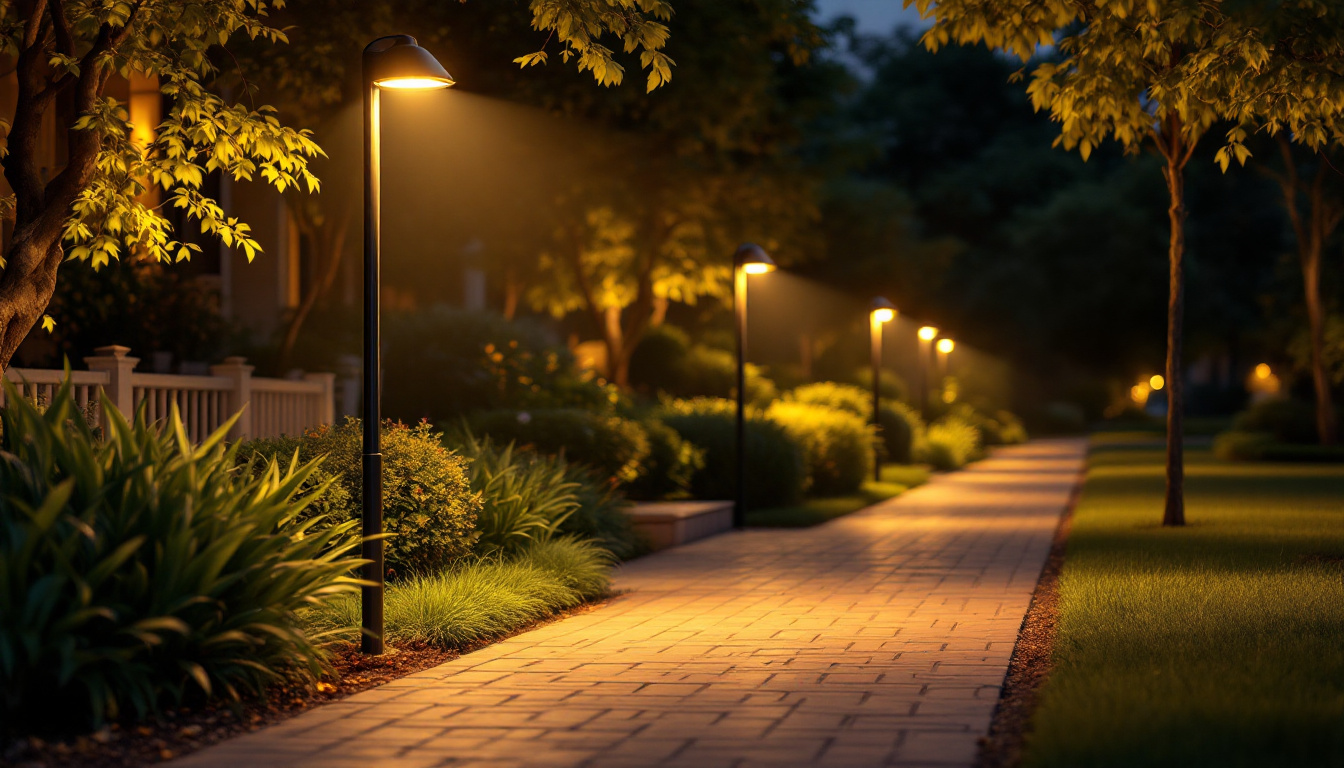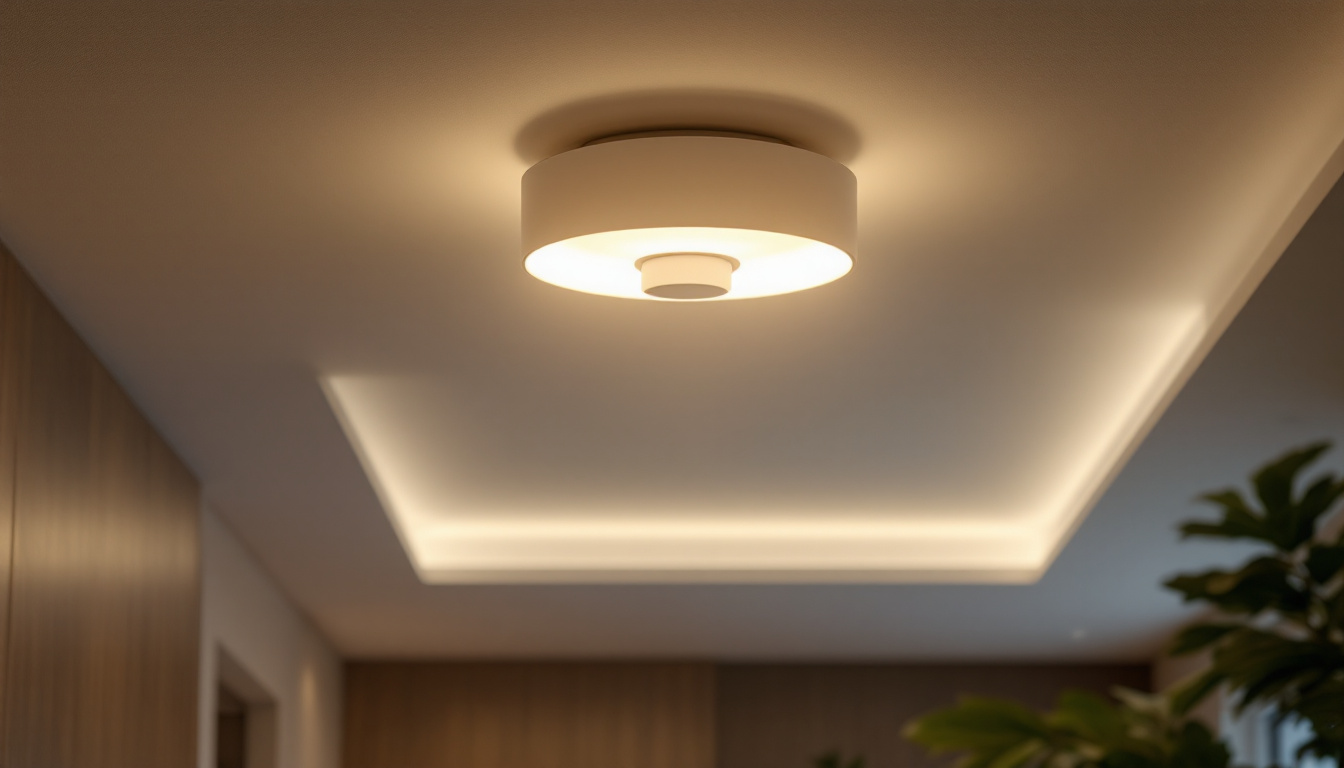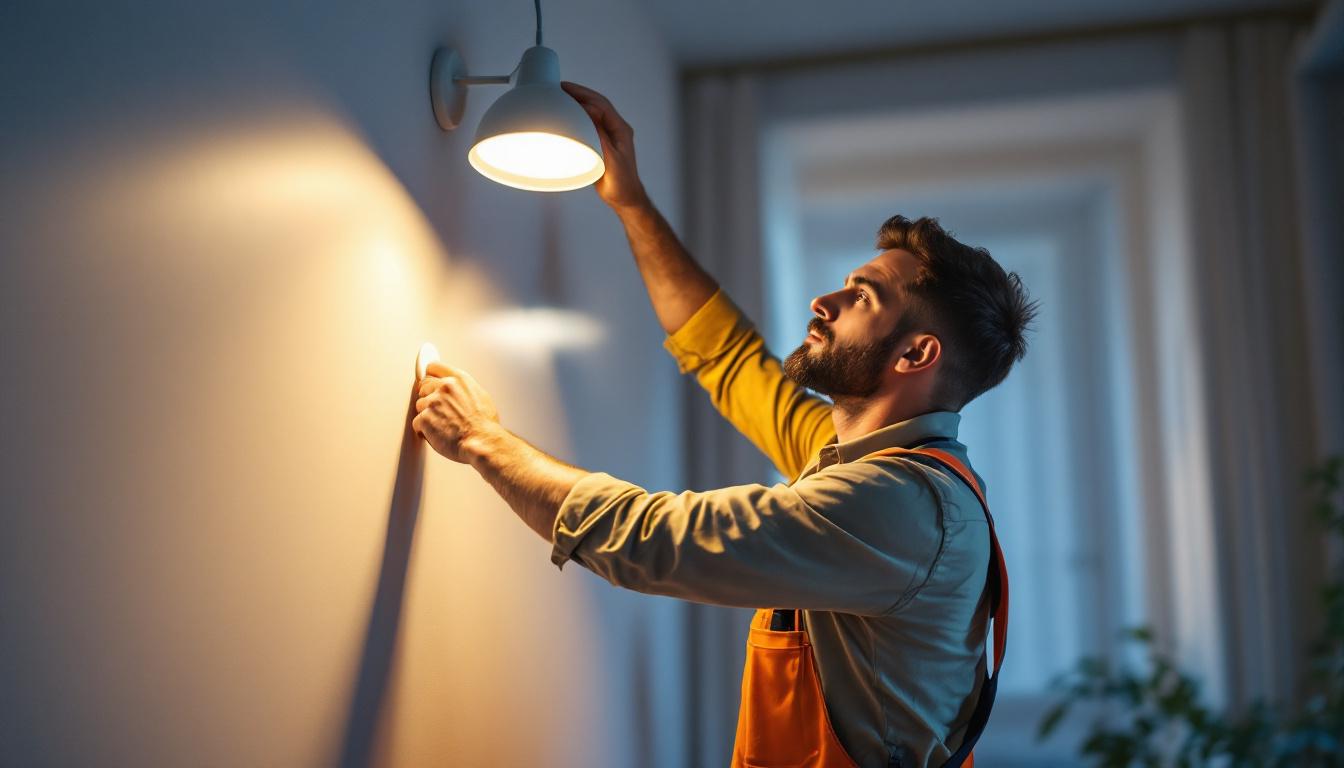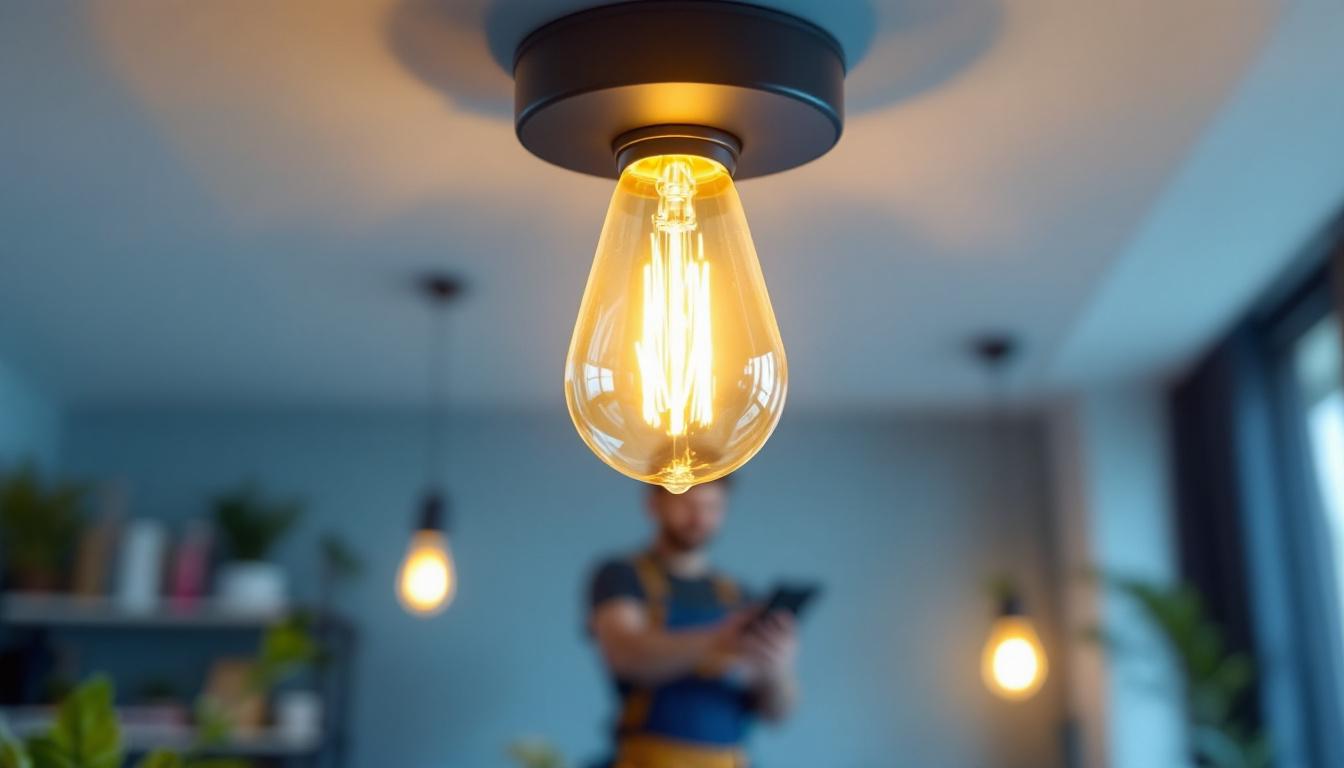
In the realm of residential lighting installations, safety and visibility are paramount. One of the key components that contribute to these aspects is the residential light pole. These structures not only provide illumination but also enhance the overall aesthetic of a neighborhood. By understanding the features and benefits of residential light poles, lighting contractors can make informed decisions that significantly improve safety in residential areas.
Light poles serve as the backbone of outdoor lighting systems. They elevate light fixtures to a height that maximizes visibility while minimizing glare. This positioning is crucial for ensuring that light is distributed evenly across driveways, pathways, and communal spaces. Furthermore, the height of the light pole can deter potential criminal activity by eliminating dark areas where intruders might hide. Additionally, the strategic placement of light poles can enhance the usability of outdoor spaces during evening hours, encouraging residents to engage in outdoor activities, thereby fostering a sense of community and belonging.
There are various types of residential light poles, each designed for specific applications. Some common types include decorative poles, which enhance the visual appeal of a neighborhood, and functional poles, which prioritize efficiency and durability. Understanding the differences between these types helps contractors select the most appropriate option for their projects, ensuring that both safety and aesthetics are addressed. Moreover, some light poles come equipped with smart technology, allowing for energy-efficient LED lighting and the ability to control brightness levels remotely. This not only reduces energy consumption but also provides homeowners with the flexibility to adjust lighting according to their needs, making residential areas safer and more adaptable to changing circumstances.
Another important consideration when selecting residential light poles is the material from which they are constructed. Common materials include aluminum, steel, and fiberglass, each offering unique benefits in terms of durability and maintenance. For instance, aluminum poles are lightweight and resistant to corrosion, making them ideal for coastal areas, while steel poles provide robust strength and longevity in harsher climates. Additionally, the finish of the poles can be customized to blend seamlessly with the surrounding environment, further enhancing the overall aesthetic appeal. By carefully considering these factors, homeowners and contractors can create a well-lit, inviting atmosphere that promotes safety and enhances the beauty of the neighborhood.
When it comes to safety, residential light poles play a crucial role in various ways. They contribute to reducing accidents, deterring crime, and providing a sense of security to residents. Each of these aspects is vital in creating a safe and welcoming environment.
Properly installed light poles illuminate critical areas such as driveways, sidewalks, and parking lots. This illumination is essential in reducing accidents, particularly during nighttime hours when visibility is limited. By ensuring that these areas are well-lit, contractors can help prevent slips, trips, and falls, making residential spaces safer for all users. Furthermore, the strategic placement of light poles can also guide drivers and pedestrians, reducing the likelihood of collisions. For instance, well-lit intersections and crosswalks allow for better visibility of both vehicles and pedestrians, creating a safer environment for everyone.
Illuminated spaces are less attractive to potential criminals. Residential light poles, when strategically placed, can create a well-lit environment that discourages illicit activities. The presence of light not only enhances visibility but also instills a sense of security among residents, making them feel safer in their homes and neighborhoods. Additionally, many modern light poles are equipped with smart technology that can include motion sensors or surveillance cameras, further enhancing security. This technology not only helps in monitoring suspicious activities but can also alert law enforcement in real-time, adding an extra layer of protection for the community.
A well-lit neighborhood fosters a sense of community and encourages social interaction among residents. Light poles that illuminate parks, playgrounds, and communal areas promote outdoor activities, allowing families to enjoy their surroundings even after sunset. This increased visibility can lead to a more vibrant community where residents feel comfortable and safe. Moreover, the presence of light can encourage local events and gatherings, such as evening markets or movie nights in the park, which can strengthen community bonds. When residents feel safe and connected, they are more likely to participate in neighborhood watch programs and other initiatives that enhance overall safety and well-being.
When selecting and installing residential light poles, several design considerations must be taken into account. These factors not only affect the functionality of the lighting system but also its aesthetic appeal and integration into the surrounding environment.
The height of the light pole is a critical factor in achieving optimal illumination. Typically, residential light poles range from 10 to 20 feet in height, depending on the area being illuminated. Proper placement is equally important; poles should be positioned to minimize shadows and ensure even light distribution. Contractors must evaluate the specific needs of each residential area to determine the best height and placement for light poles.
Residential light poles are constructed from various materials, including aluminum, steel, and fiberglass. Each material has its advantages and disadvantages in terms of durability, maintenance, and cost. For instance, aluminum poles are lightweight and resistant to corrosion, making them ideal for coastal areas. On the other hand, steel poles offer greater strength and stability, suitable for high-wind regions. Understanding the local environment and climate conditions is essential for selecting the right material.
The visual appeal of residential light poles can significantly impact the overall look of a neighborhood. Contractors should consider the architectural style of the surrounding homes and landscape when selecting light poles. Decorative poles, which come in various designs and finishes, can enhance the aesthetic value while maintaining functionality. A well-integrated lighting system not only improves safety but also elevates the neighborhood’s charm.
As technology continues to evolve, so do the options available for residential lighting installations. Innovations in lighting technology can enhance safety, efficiency, and user experience, making it essential for contractors to stay informed about the latest trends.
LED lighting has revolutionized the way residential light poles are designed and utilized. These energy-efficient bulbs offer longer lifespans and lower energy consumption compared to traditional incandescent or fluorescent lights. Additionally, LED lights provide brighter illumination, which can enhance visibility and safety in residential areas. The shift towards LED technology not only benefits homeowners through reduced energy bills but also contributes to a more sustainable environment.
Smart lighting systems are becoming increasingly popular in residential applications. These systems allow for remote control and automation of lighting, enabling residents to adjust brightness levels or schedule lighting based on their needs. Incorporating smart technology into residential light poles can enhance safety by ensuring that lights are on when needed, while also providing convenience and energy savings.
solar-powered light poles present an environmentally friendly alternative to traditional lighting solutions. These poles harness solar energy during the day and use it to power LED lights at night. This sustainable option reduces reliance on the grid, lowers energy costs, and minimizes the carbon footprint of residential lighting installations. Solar-powered light poles are particularly advantageous in areas with limited access to electrical infrastructure.
Proper installation of residential light poles is crucial for ensuring their effectiveness and longevity. Adhering to best practices during installation can significantly impact the performance of the lighting system and the safety of the residential area.
Before installation, a thorough site assessment is essential. Contractors should evaluate the specific lighting needs of the area, considering factors such as existing infrastructure, landscaping, and potential obstacles. This assessment will guide the selection of appropriate light poles and their placement, ensuring optimal illumination and safety.
Compliance with local regulations and codes is a critical aspect of installing residential light poles. Contractors must be familiar with zoning laws, electrical codes, and safety standards to ensure that installations meet all legal requirements. Failure to comply can result in fines, safety hazards, and potential liability issues.
Once installed, residential light poles require regular maintenance and inspection to ensure their continued effectiveness. This includes checking for any damage, replacing burnt-out bulbs, and cleaning fixtures to maintain optimal light output. Establishing a maintenance schedule can help contractors and homeowners keep the lighting system in top condition, ensuring safety and functionality over time.
Residential light poles are essential components of outdoor lighting installations, significantly enhancing safety and visibility in residential areas. By understanding the various types, design considerations, and technological advancements, lighting contractors can make informed decisions that benefit both homeowners and the community. From reducing accidents and deterring crime to promoting a sense of security, the impact of well-designed and strategically placed light poles cannot be overstated.
As the demand for safe and aesthetically pleasing residential environments continues to grow, the role of residential light poles will only become more critical. By staying abreast of industry trends and best practices, lighting contractors can ensure that their installations not only meet safety standards but also contribute to the overall quality of life in residential neighborhoods.
Ready to elevate the safety and aesthetic of your residential lighting installations? Choose LumenWholesale for your next project and experience the difference quality lighting makes. Our extensive selection of spec-grade lighting products ensures you have access to the best options for any installation. With unbeatable wholesale prices and the convenience of free shipping, you can provide your clients with top-tier lighting solutions that blend seamlessly into their neighborhoods. Don’t let inflated markups dim your project’s potential. Wholesale Lighting at the Best Value is just a click away. Partner with LumenWholesale today and light up your projects with confidence.

Discover essential insights into ceiling light fixtures with our comprehensive lighting contractors’ checklist.

Discover the essentials of LED grow lights tailored for lighting contractors.

Explore the crucial role of dimmable LED lights in modern lighting projects.

Discover the top advantages of light bulb ceiling fixtures for lighting contractors.